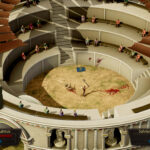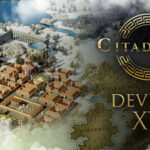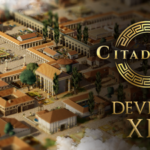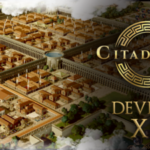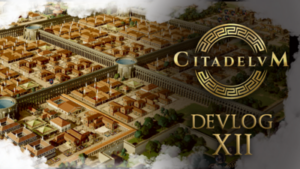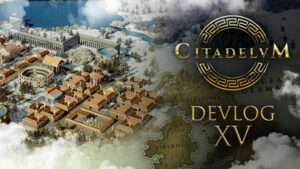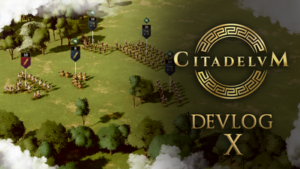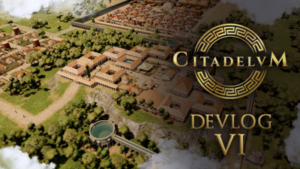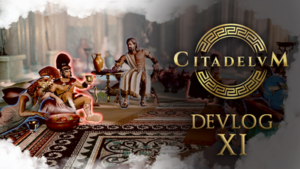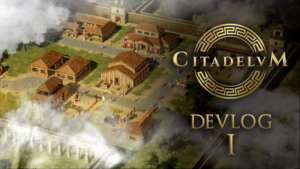Gladiators in ancient Rome fought in the arena for the entertainment of the citizens. They were divided into classes according to their function, the weapons and armor they wore, and each of them had a function within the show.
The retiarius is a type of gladiator armed with a net and a trident. While the former allowed him to knock down and immobilize enemies, the trident offered him the possibility of launching attacks at a certain distance. The retiarii (plural of retiarius) also carried a dagger or pugio to resolve close-range melee confrontations. Their armor was light and was limited to an armlet and shoulder pad, with which to cover one of their flanks. He could face other types of gladiators such as the secutor or the murmillo.
The secutor wore plate armor in the shape of scales. For that reason the confrontation with the retiarius was compared to fishing. He was a heavier gladiator, who used a sword (gladius or spatha, depending on its length) and protected himself with a rectangular shield, with which he was able to cover almost his entire body. The secutor (or pursuer) was also equipped with a circular helmet.
The murmillo is a type of gladiator that arises earlier, and that gets its name from the figure of fish that adorns his helmet. He was equipped with weapons similar to those of the secutor, the gladius and the rectangular shield, but his armor was heavier. He could wear greaves, a wide belt and a manica that covered the whole arm or opt for full armor, including the breastplate. Its most recognizable element was the helmet with visor, adorned with feather plumes or bronze crests.
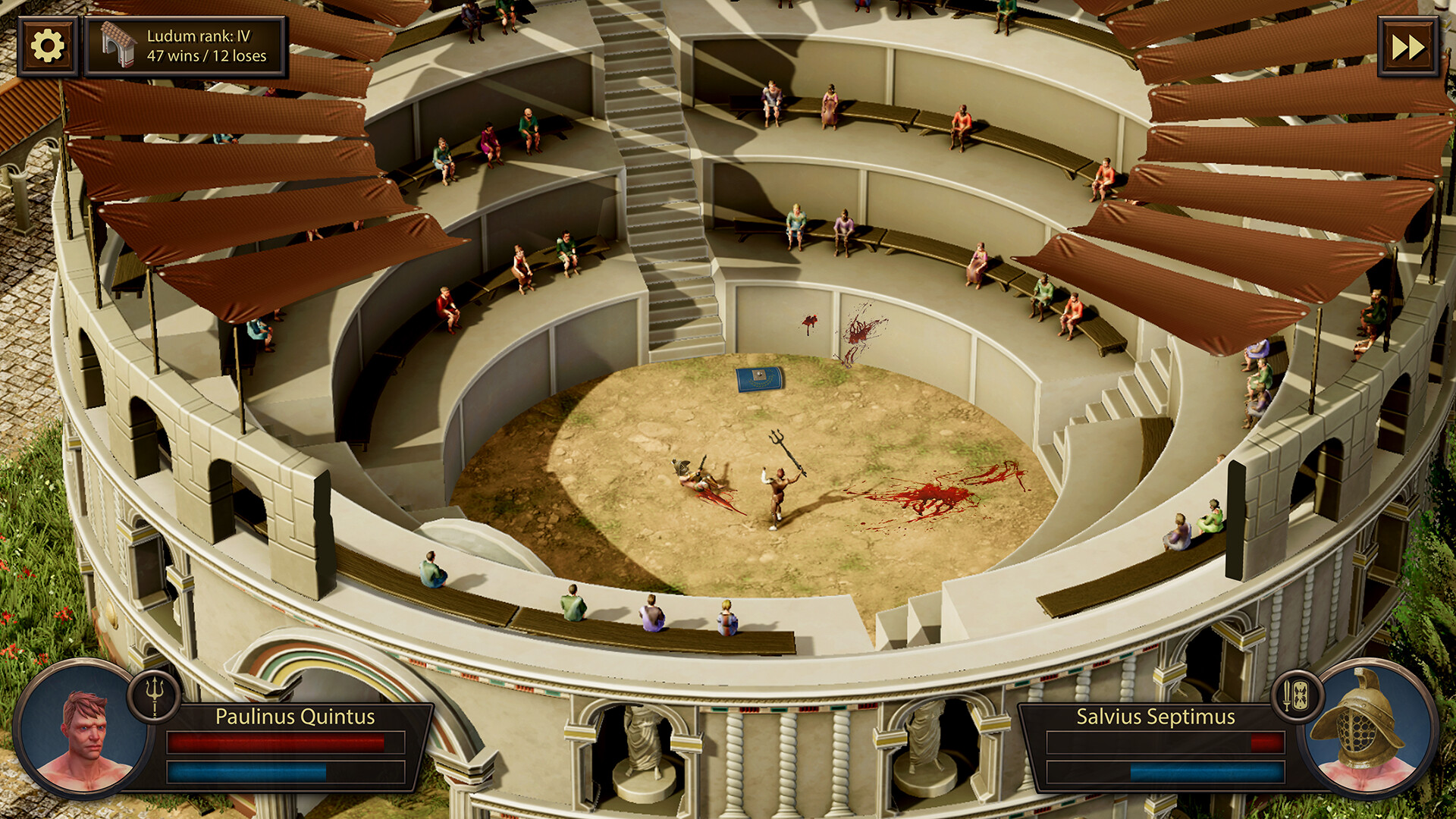
The thraex (from Thracian) faced the murmillo, in representations that evoked the combats between the Roman legions and their enemies. His main weapon was the sica, a short and curved sword, which allowed him to avoid shields and pieces of armor of his opponents, together with a small circular shield. Since the shield of the thraex could not cover all the vital areas of the gladiator, they also wore greaves that protected the legs. He was a fast fighter, forced to close the distance to damage his enemies and retreat with speed.
Equally fast, and more dexterous with weapons, we find the dimachaerus. He is one of the lesser known types of gladiators, and the exact armor he wore cannot be established. However, as its name indicates, it is characterized by the use of two swords. These two blades can be either gladius or sica. While the gladius offers more reach, the curved blade of the sica allows attacks to be deflected or retained more easily. The combination of long sword and short sword is something that has been observed in different types of later fencing, such as the rapier and dagger in the Spanish school or the katana and wakizashi in the Japanese school.
The samnites, which later evolved into hoplomachus, were a primitive gladiatorial class, carrying circular or crescent-shaped shields, as well as armed with spears or swords. Their equipment was a reflection of the soldiers the Roman legions had faced.
The existence of these types of gladiators, among others, added variety to the games in ancient Rome. In Gladiator of Citadelum, the management game of a ludus (a gladiatorial school), the selection of a gladiator type is of strategic importance, and allows him to be equipped with different weapons and types of armor (with various levels of rarity and resistance).




